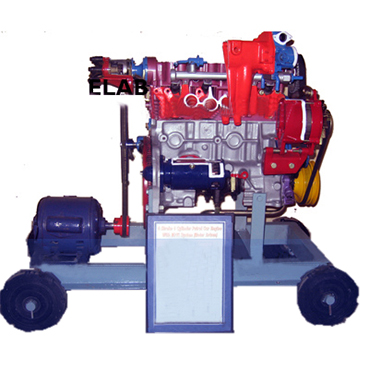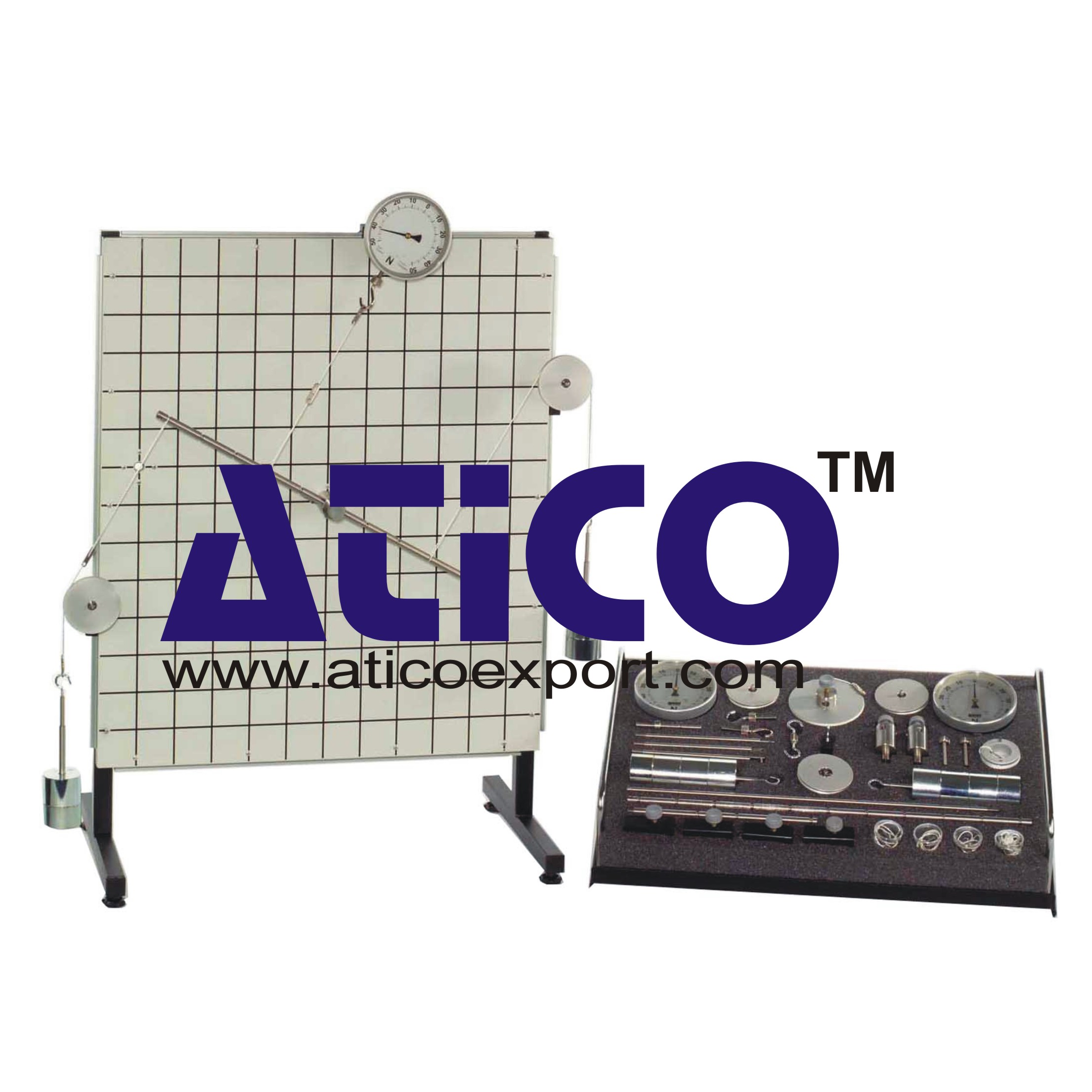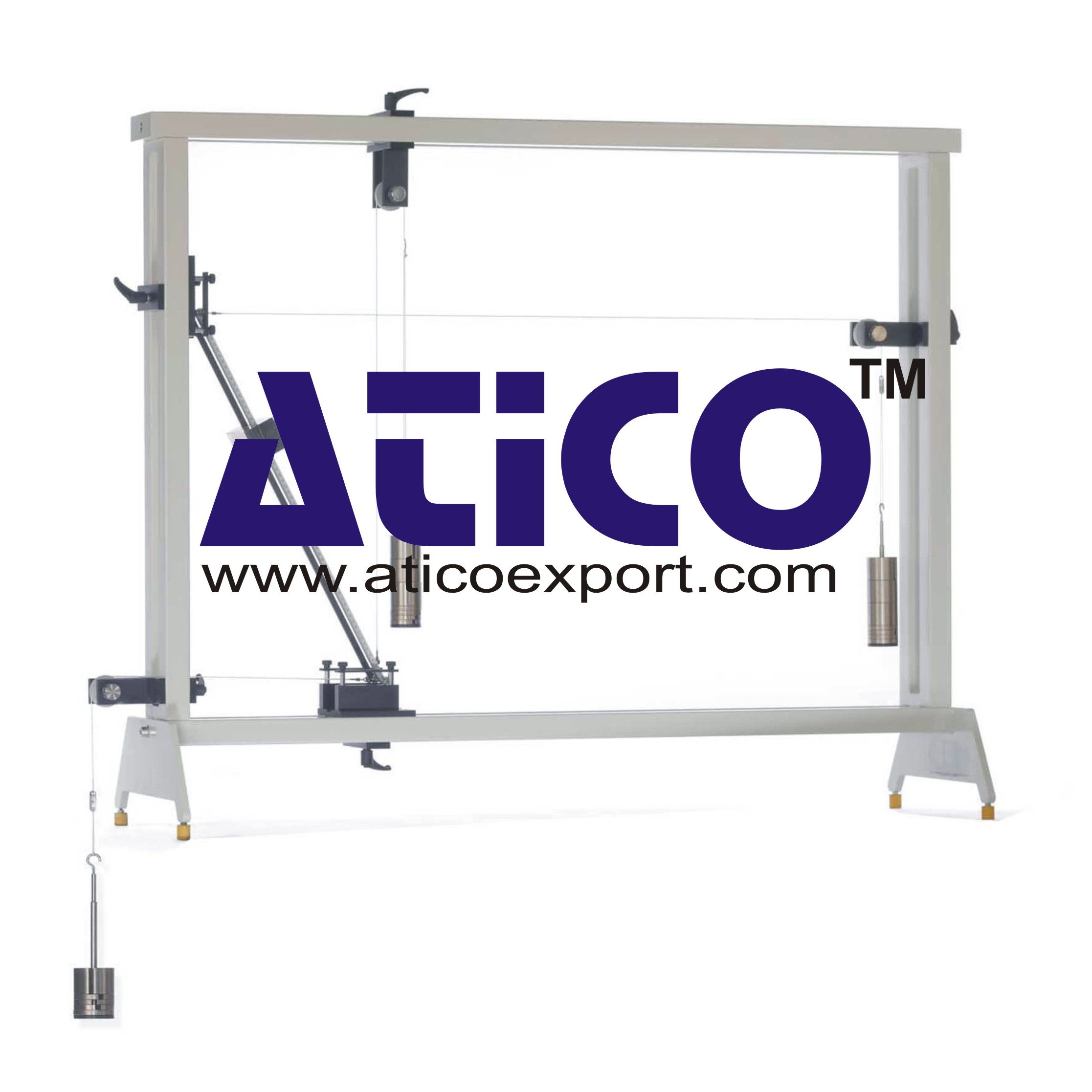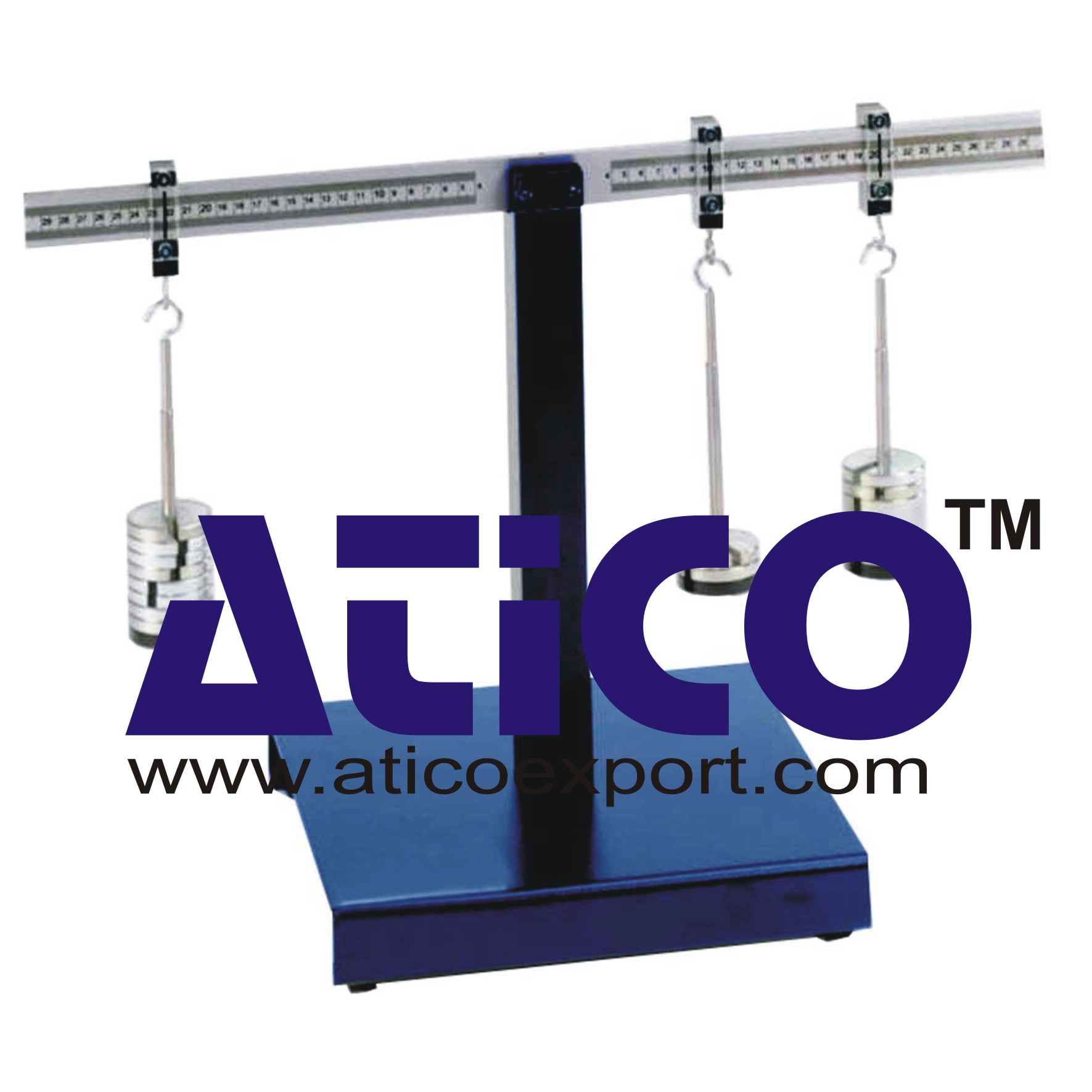Visualisation of Flow Fields
Categories: Engineering Lab EquipmentFine gas bubbles are perfectly suited to visualising flow fields. Due to Reynolds scaling, many flow processes that occur in air can also be demonstrated by experiments in water.The experimental unit...
Product
Description
Fine gas bubbles are perfectly suited to visualising flow fields. Due to Reynolds scaling, many flow processes that occur in air can also be demonstrated by experiments in water.
The experimental unit can be used to visualise laminar and turbulent flow processes in a water channel. Hydrogen bubbles are generated electrolytically at a cathode made of thin platinum wire. A stainless steel plate is used as an anode. Small bubbles that detach from the platinum wire are easily carried along by the flow due to their small size.
An interchangeable model is used in the shallow water channel and flow travels around and through it. White LED illumination is located along the experimental section on the walls of the water channel. The indirect illumination results in a high-contrast image.
Learning Objectives/Experiments
Visualisation of two-dimensional flows
Streamline course in flow around and through models
Flow separation
Vortex formation, demonstration of Karman vortices
Qualitative observation of the velocity distribution in laminar and turbulent flow
Analogy to air flow
Features
Visualisation of flow fields and streamlines by using electrolytically generated hydrogen bubbles
Illuminated experimental section
Different models: drag bodies and changes in cross-section
Investigations in laminar and turbulent flow
Specification
Visualisation of flow fields by using electrolytically generated hydrogen bubbles
Platinum wire as cathode and stainless steel plate as anode for electrolysis
Shallow water channel fitted with indirect LED illumination along the experimental section
Various models are included: aerofoil, rectangle, straight plate, curved plate, cylinder (various sizes), various models for changes in cross-section
Flow straightener and glass spheres ensure consistent and low-turbulence flow
Different flow velocities via variable-speed circulating pump
Setting power (with display), pulse and pause duration of the power and the flow velocity in the water channel
Technical data
Pump with adjustable speed
max. flow rate: 20L/min
Bubble generator
current: 0…200mA
pause: 8,4…1800ms
pulse: 8,4…1800ms
3 cathodes with platinum wire
Ø 0,2mm
length 30, 50, 75mm
anode, stainless steel plate, L-shaped
Water channel: approx. 6L
Experimental section: LxWxH: 550x150x50mm
Illumination: white LEDs on the side walls of the water channel
230V, 50Hz, 1 phase
230V, 60Hz, 1 phase; 120V, 60Hz, 1 phase
UL/CSA optional
Dimensions and weight
LxWxH: 900x300x220mm (experimental unit)
LxWxH: 410x400x170mm (display and control unit)
Weight: approx. 24kg
quick overview :
Fine gas bubbles are perfectly suited to visualising flow fields. Due to Reynolds scaling, many flow processes that occur in air can also be demonstrated by experiments in water.
The experimental unit can be used to visualise laminar and turbulent flow processes in a water channel. Hydrogen bubbles are generated electrolytically at a cathode made of thin platinum wire. A stainless steel plate is used as an anode. Small bubbles that detach from the platinum wire are easily carried along by the flow due to their small size.
An interchangeable model is used in the shallow water channel and flow travels around and through it. White LED illumination is located along the experimental section on the walls of the water channel. The indirect illumination results in a high-contrast image.
Learning Objectives/Experiments
Visualisation of two-dimensional flows
Streamline course in flow around and through models
Flow separation
Vortex formation, demonstration of Karman vortices
Qualitative observation of the velocity distribution in laminar and turbulent flow
Analogy to air flow
Features
Visualisation of flow fields and streamlines by using electrolytically generated hydrogen bubbles
Illuminated experimental section
Different models: drag bodies and changes in cross-section
Investigations in laminar and turbulent flow
Specification
Visualisation of flow fields by using electrolytically generated hydrogen bubbles
Platinum wire as cathode and stainless steel plate as anode for electrolysis
Shallow water channel fitted with indirect LED illumination along the experimental section
Various models are included: aerofoil, rectangle, straight plate, curved plate, cylinder (various sizes), various models for changes in cross-section
Flow straightener and glass spheres ensure consistent and low-turbulence flow
Different flow velocities via variable-speed circulating pump
Setting power (with display), pulse and pause duration of the power and the flow velocity in the water channel
Technical data
Pump with adjustable speed
max. flow rate: 20L/min
Bubble generator
current: 0…200mA
pause: 8,4…1800ms
pulse: 8,4…1800ms
3 cathodes with platinum wire
Ø 0,2mm
length 30, 50, 75mm
anode, stainless steel plate, L-shaped
Water channel: approx. 6L
Experimental section: LxWxH: 550x150x50mm
Illumination: white LEDs on the side walls of the water channel
230V, 50Hz, 1 phase
230V, 60Hz, 1 phase; 120V, 60Hz, 1 phase
UL/CSA optional
Dimensions and weight
LxWxH: 900x300x220mm (experimental unit)
LxWxH: 410x400x170mm (display and control unit)
Weight: approx. 24kg
Product
Reviews
add Review
reviews
No Review Yet.
Copyrights © 2025 All Rights Reserved by Atico














Product
Reviews
add Review
reviews
No Review Yet.